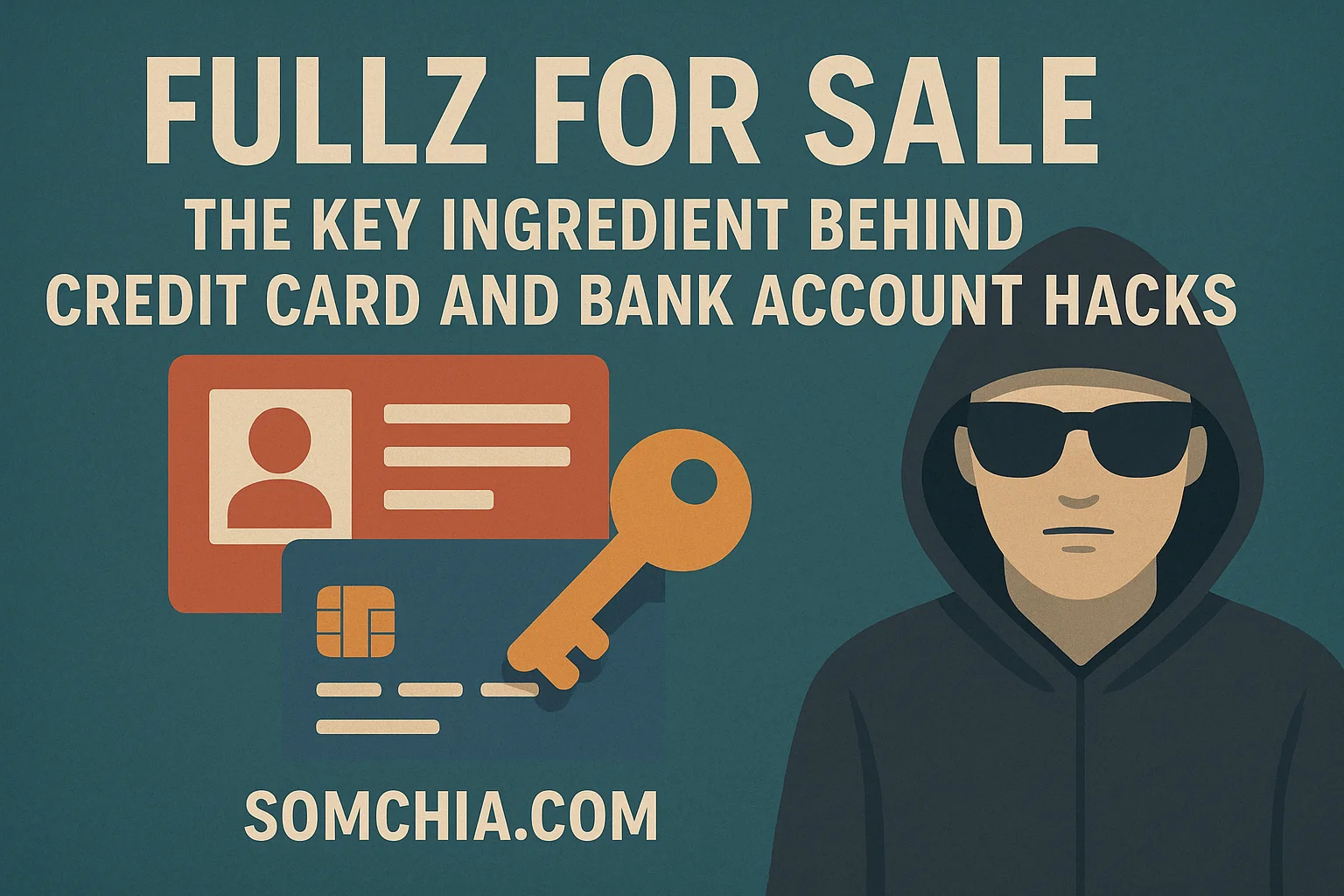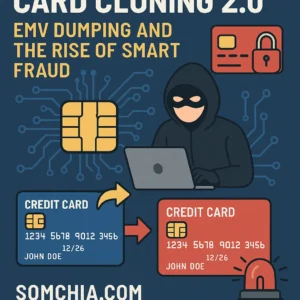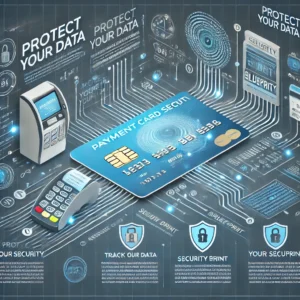In the underworld of cybercrime, one word echoes louder than most: Fullz.
Short for “full information,” Fullz refers to a complete set of an individual’s personal and financial data — everything a hacker, scammer, or fraudster needs to assume your identity, drain your bank accounts, open new lines of credit, or commit digital fraud that leaves your real life in ruins.
These aren’t just fragments of stolen data. We’re talking full name, Social Security Number (SSN), date of birth, address, phone number, driver’s license number, mother’s maiden name, bank account details, credit card numbers, CVV, expiration date — sometimes even the victim’s email logins or security questions.
This is the raw material of cybercrime, the gold standard for identity theft, and it’s openly bought and sold on darknet forums and Telegram channels by people who know exactly what to do with it.
What Makes Fullz So Dangerous?
A hacked credit card number is one thing. But a credit card number paired with the full personal profile of its owner? That’s a weapon.
When fraudsters buy Fullz, they’re not just making a blind purchase — they’re investing in surgical precision. With Fullz in hand, a cybercriminal can:
-
Bypass 2FA and identity verification
-
Open bank accounts, apply for loans, or get lines of credit in the victim’s name
-
File fraudulent tax returns and claim refunds
-
Purchase high-ticket items online and have them rerouted
-
Create synthetic identities by blending real and fake data
It’s the difference between a burglar with a crowbar and one with a full set of keys to your house.
Where Are Fullz Sold?
Darknet markets like Genesis, Aurora, and STYX have long been the go-to places for verified Fullz packages. But as law enforcement cracks down on major marketplaces, the trade has moved into invite-only Telegram groups, private forums, and encrypted messaging apps where vendors and buyers operate in shadows.
Prices vary depending on quality and geography. A basic Fullz package might go for $20–$80. But if it includes high-credit-score financial data, driver’s license scans, or selfie verifications? You’re looking at $200+.
Some sellers even offer custom Fullz, targeting specific banks like Chase, Wells Fargo, or Bank of America — perfect for carding, refund fraud, or social engineering.
How Are Fullz Harvested?
Fullz don’t just magically appear. They’re the end product of digital burglary. Here’s how they’re typically acquired:
-
Phishing kits and fake login pages trick users into submitting their full info
-
Data breaches at corporations, health providers, or government agencies
-
Infostealer malware like RedLine, Raccoon Stealer, or Vidar that silently loot stored passwords and autofill data
-
SIM swaps and social engineering attacks that break through phone carrier defenses
-
Leaked databases from underground forums, sold in bulk
The raw data gets cleaned, repackaged, and resold by cybercriminals acting as “vendors” in the ecosystem. Some even offer live validation services, checking if the credit card or bank account is still active before selling.
Who’s Buying Fullz?
This isn’t just a playground for petty thieves.
-
Carders use Fullz to clone cards and cash out ATMs
-
Fraud rings use Fullz for large-scale loan fraud or tax scams
-
Dark web banks use them to create ghost identities that fuel entire operations
-
Refunders rely on Fullz to mimic customers when dealing with Amazon, Nike, or other retailers
-
Deepfake specialists pair Fullz with AI-generated visuals to pass KYC verifications
In this underground world, Fullz are more than data — they’re identity fuel. Whoever controls Fullz controls your digital self.
The Victim’s Perspective
The worst part? Most victims don’t realize their identity has been sold until it’s far too late.
You might wake up to a drained account. Or a loan you never took out. Or IRS letters about taxes you didn’t file. Meanwhile, your Fullz have passed through a dozen hands — each one making profit from your name.
Even after you freeze your credit and change passwords, the damage often lingers for years.
Can You Protect Yourself?
Not completely. But you can reduce your attack surface:
-
Use strong, unique passwords and a password manager
-
Enable 2FA (preferably with an authenticator app)
-
Avoid public Wi-Fi for sensitive logins
-
Monitor your credit reports regularly (at least monthly)
-
Use identity theft protection services that scan for Fullz on the dark web
-
Beware of phishing – never click suspicious links or attachments
But even then, if your data is sitting in a breach archive from 2020? You’re already exposed.
Final Thoughts: Fullz Are the New Currency of Cybercrime
In the underground economy, Fullz are traded like cash, valued like gold, and hunted like prey.
They’re not just another “data dump” — they are the master keys to digital lives. From carding schemes to synthetic fraud rings, Fullz are the core ingredient that turns cybercrime into profit.
So the next time you hear about a data breach or leaked credentials, remember: it’s not just a password. It’s the blueprint of someone’s identity.
And someone, somewhere, is paying top dollar for it.
Want more dark web intel, hacker strategies, and digital hustle breakdowns?
Follow the blog — because in this world, information isn’t just power… it’s profit.




